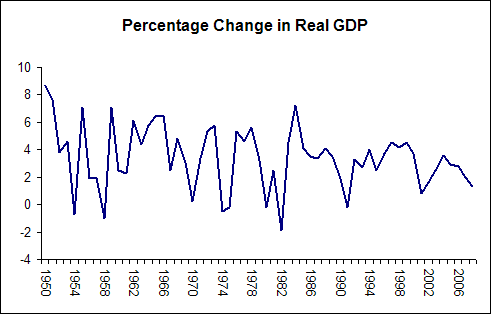Military Officer Promotions
 Responding to my post on the Pentagon’s findings that Fort Hood shooter Hasan’s supervisors didn’t do their job, Bernard Finel observes:
Responding to my post on the Pentagon’s findings that Fort Hood shooter Hasan’s supervisors didn’t do their job, Bernard Finel observes:
A major challenge, though, is that there is a strong element of “social promotion” nowadays. Whereas promotion to O-4 (Major) used to be in the 80% range, now over 95% of eligible O-3s get the bump. It was 97% in 2008. I don’t have 2009 numbers in front of me. Given that he was in psychiatry, there was basically almost no oversight of a guy like him.
Without a real forcing function, like a real decision about getting a command or getting a competitive promotion, you simply can’t expect any organization to develop powerful oversight and vetting procedures.
Bernard rightly points out, too, that “an unintended consequence of Iraq/Afghanistan. We’re so desperate to keep people in that we’ve weakened weeding out mechanisms throughout the process. We recruit people we wouldn’t have in the past. We don’t wash out as many from basic. We social promote up to O-4. We’re now in a situation where an officer can get to O-5 just by sticking around.”
It’s a problem I’ve noted many times over the years. For officers commissioned in Year Group 1988, as I was, the promotion rates to major and lieutenant colonel were substantially higher than they were for captain. That’s because we were caught in the post-Cold War drawdown and they made a huge hit at that decision point and the Army has been struggling to keep its head above water ever since.
The Army has had a shortage of majors for years. Once someone is commissioned, they’re pretty much on the hook for eight years because of Stop Loss. So, the time to get out is as a senior captain. Otherwise, once you pin on major (somewhere around the 10-year mark, currently) you might as well stay in the 20 years it takes to earn a retirement pension. So, for the first time ever, the Army has been offering retention bonuses to officers in ordinary fields.
While this may be “unintended,” it’s certainly not unexpected. It’s simply the nature of an all-volunteer force. During wartime, we need more people at a time when the demands of service are much greater. That means standards will be lowered and incentives will be raised for wars of long duration, with some adjustment for what’s going on in the civilian economy. It’s always been that way and always will unless we go back to a draft, which I oppose for a variety of reasons I’ve articulated elsewhere.






I received my commission in the USAF in 1983, one of the largest yeargroups in that era. We took a huge hit when the peace dividend was cashed in. I estimate that the promotion rate to O-4 in my yeargroup (for non-rated officers) was on the order of 30-40%. Most of the ones I worked with either took the separation incentive or were passed over. There is flipside to this phenomenon.
I look forward to the day that ‘excessive retention’ is our biggest problem. When the war tempo slows down, there will no doubt be a huge reduction in those who otherwise would not have been promoted.
It would also be instructive to look at total promotion/retention rates. If 20% quit and 100% are promotes, you still have 80% retention. It is just that your selection criteria have been removed from your hands.
Yup. We ironically have our best force during peacetime. Especially if it’s hard to get a job on the outside. Then, standards are high and waivers are non-existent.
Come wartime, it’s take what you can get.
A Lt. Col. here at Ft Campbell told me last fall the the selection rate to LTC was running more than 90 percent.